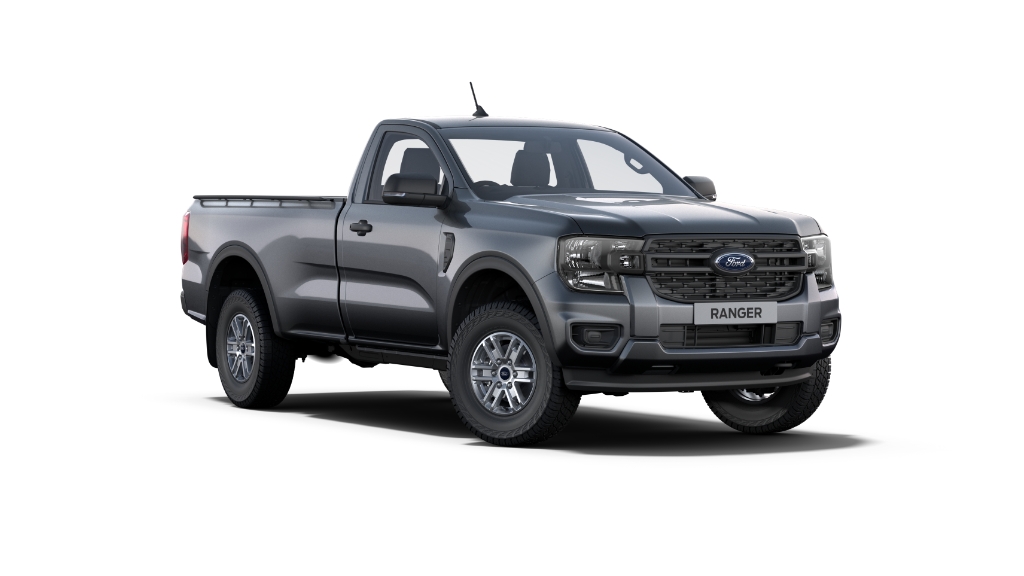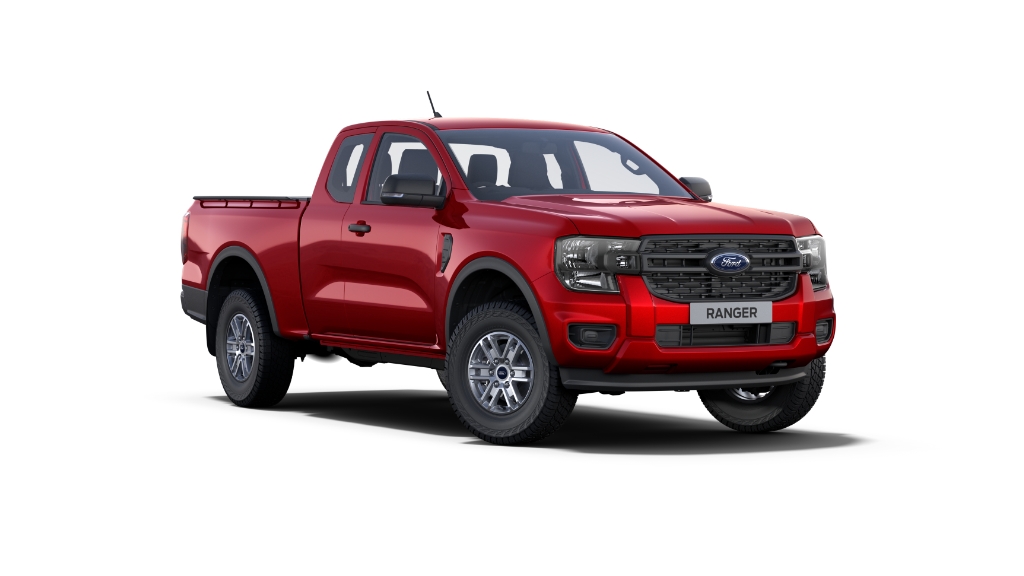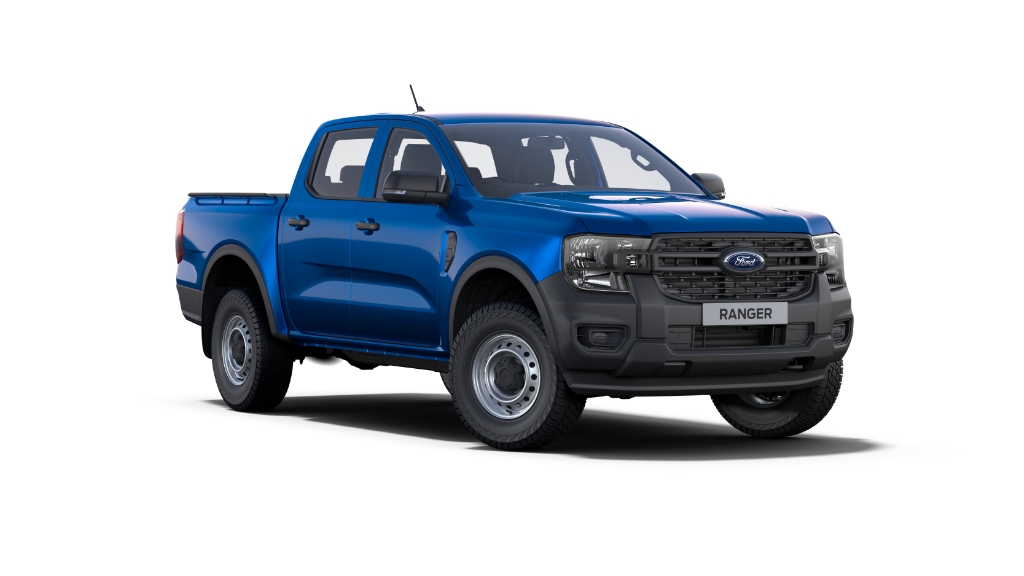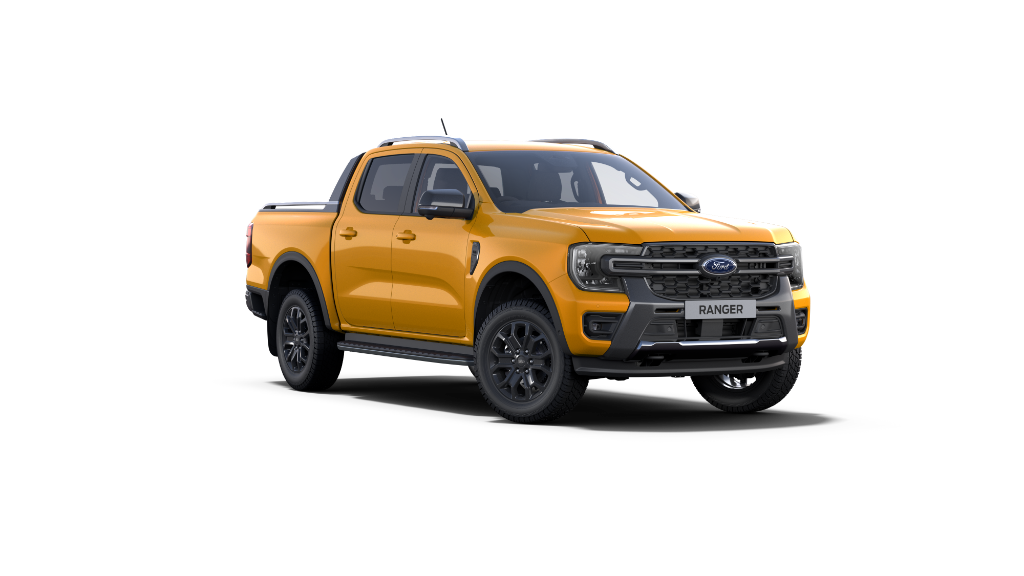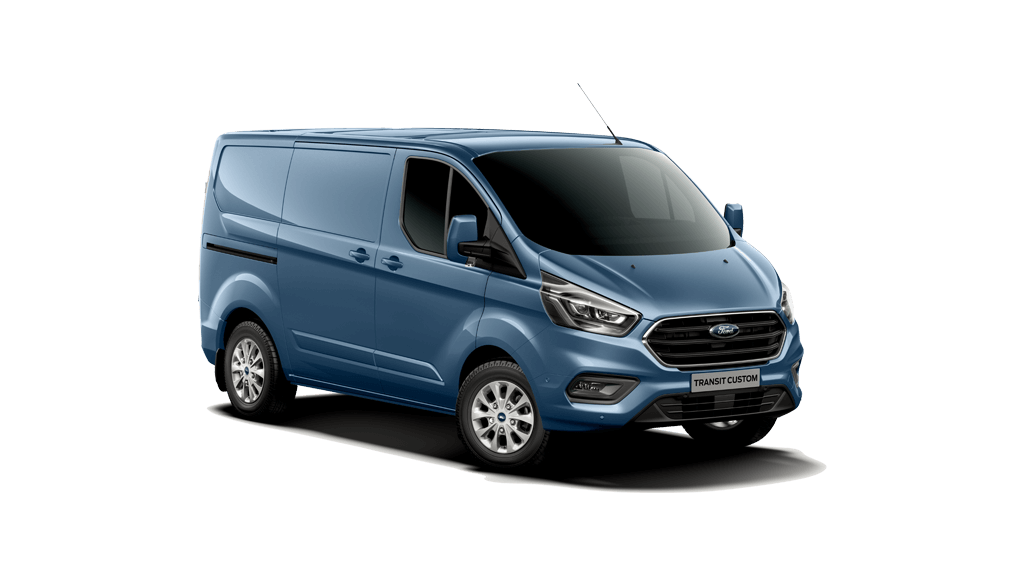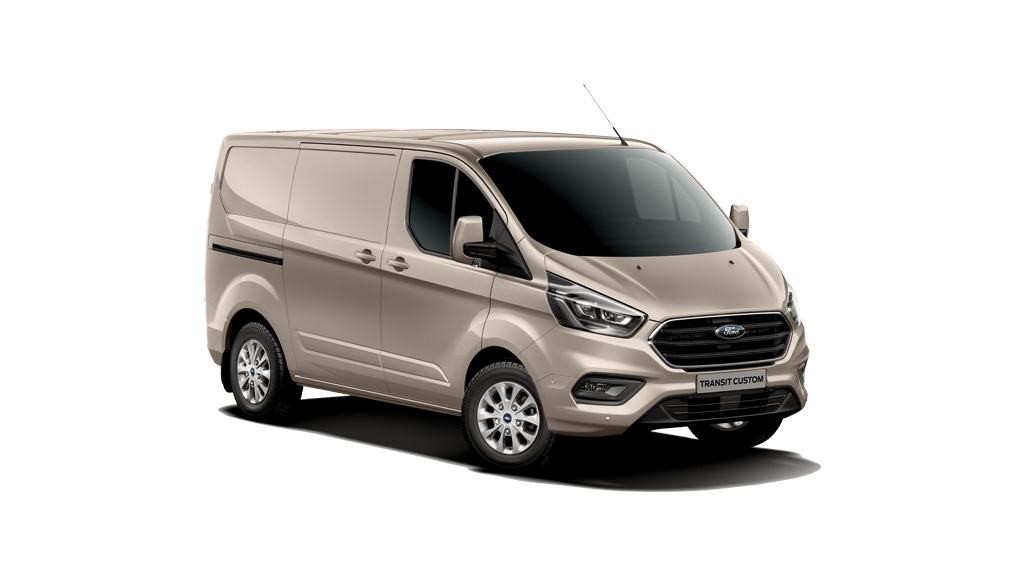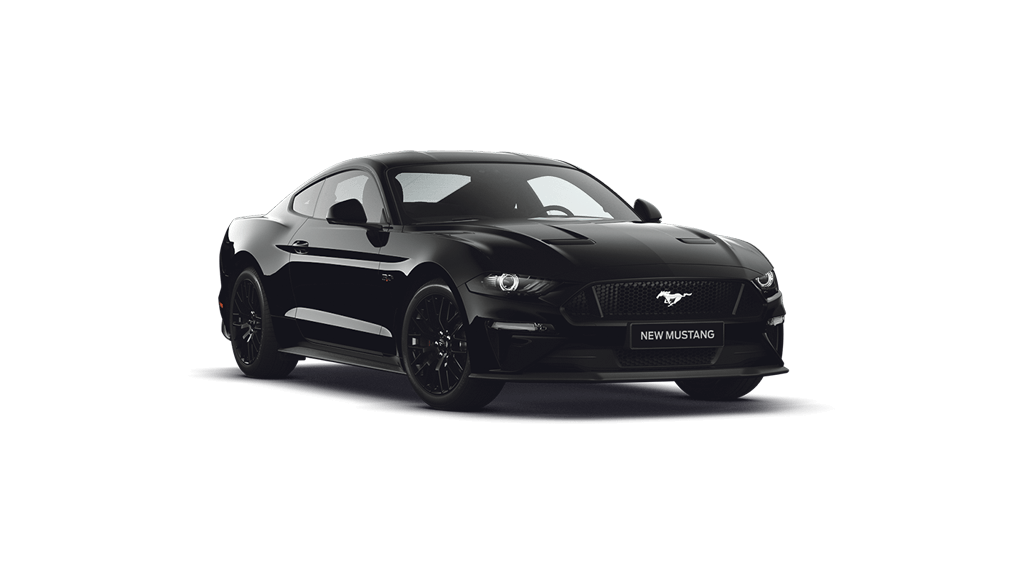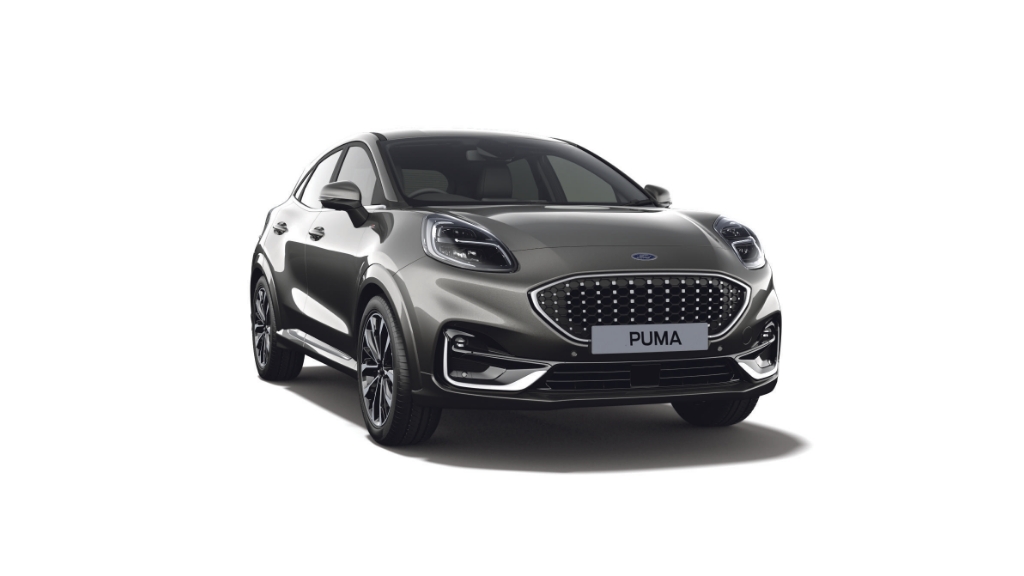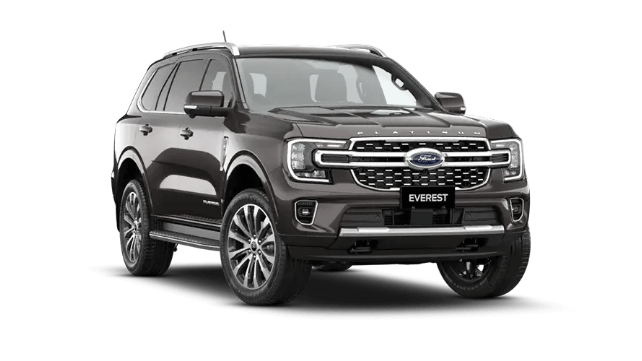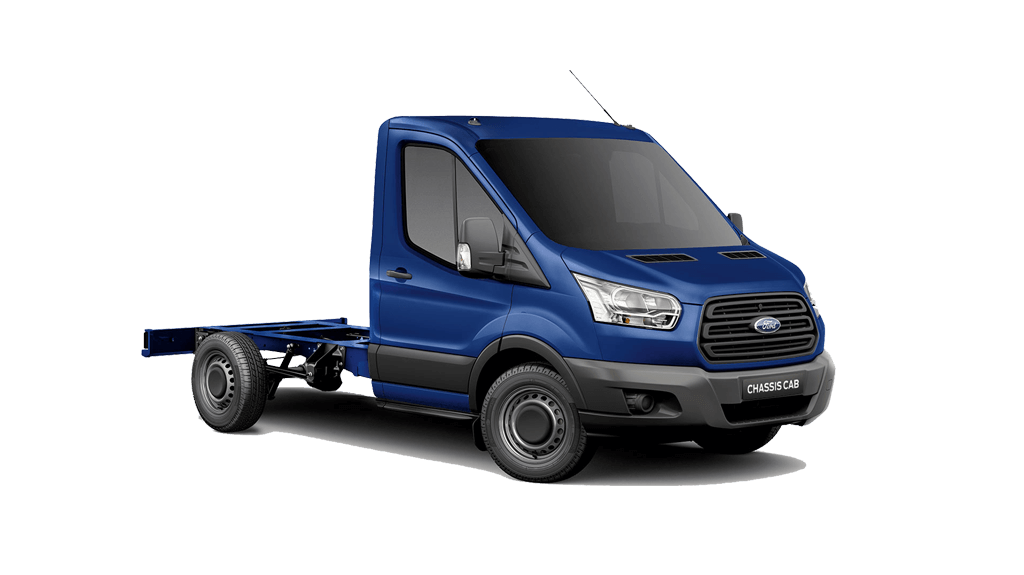Ford news
The rate at which compact crossovers are being introduced to the South African market is bordering on market saturation and as more cash-strapped consumers look to buy down into lower segments, the purveyors of full-size SUVs are watching the markets with bated breath. Considering this, vestiges such as the Ford Everest have had to add something special to their ranges to stay relevant to new buyers and keep the diehards coming back for more. Ford South Africa’s latest offering is the Everest Sport, applied to the 2,0 SiT XLT available in both rear- and all-wheel-drive guise. Essentially, once you shake the tree and see what falls out, this is a R25 000 package that consists of a black mesh grille, black Everest badging on the bonnet, black door handles and side mirrors and a set of black 20-inch alloy wheels. Black trimmings have also been added to the front bumper and rear valance, while Sport decals are applied to the bottom of the rear doors to complete the look.

Sport’s soft-touch enhancements and comprehensive spec make this a premium environment.
Changes to the cabin include embossed leather seats with blue stitching, soft-touch leather treatment for the facia and a driver’s seat with eight-way power adjustment. These changes to the cabin may seem minor, yet, they come together to improve the level of perceived quality and create a premium ambiance. The overall level of standard specification that forms part of the XLT grade is certainly generous, with a conclusive airbag allotment, tri-zone climate control, cruise control, auto headlamps and wipers, and the Sync 3 touchscreen infotainment system with satellite navigation all included in the asking price. As we noted in our initial test of the Everest back in December 2015, cabin packaging is commendable thanks to a pair of flat-folding rear seats which enable easy access to the boot, as well as a wide opening rear tailgate and doors. Inside there’s an abundance of storage compartments within which to stow many things.
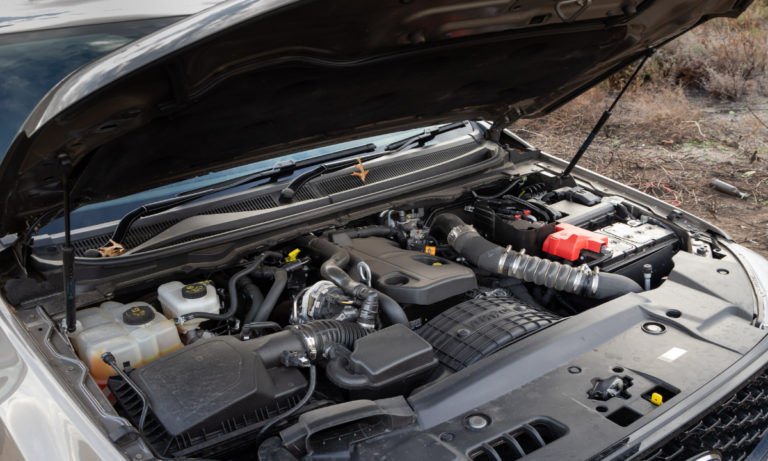
Single turbo? No problem. The gap in performance to the twinturbo- diesel is negligible.
Powering the Everest is Ford’s 2,0-litre four-cylinder turbodiesel engine; a unit we’ve become familiar with in the Ranger and Tourneo but, interestingly, have not yet tested in the Everest. Churning out 132 kW and 420 N.m of torque, the oil-burner is a direct competitor for the Mitsubishi Pajero Sport 2,4 MIVEC 4×4 Exceed II AT that we tested in February 2021 and – rather controversially for some – received our Top 12 Best Buys large SUV award. Moving on to its performance figures, the Everest 2,0 SiT lags behind the Pajero Sport with our tested zero to 100 km/h time of 11,46 seconds being 0,30 seconds slower than the Japanese SUVs. As far as in-gear acceleration is concerned, the Everest is a bit more competitive as it recorded a 40 to 60 km/h time of 2,21 seconds and a 100 to 120 km/h time of 5,17 seconds; a mere 0,05 and 0,06 seconds slower than the Pajero Sport, respectively. Boasting a smaller engine and more gear ratios courtesy of its 10-speed torque converter, the Everest offers better fuel economy on the CAR fuel index. A figure of 8,52 L/100 km bests the Pajero Sport’s thirsty 9,70 L/100 km. On our 100 km fuel route, however, the Everest and the Pajero Sport were neck and neck, returning 9,60 L/100 km, a figure a mere 0,40 L/100 km thirstier than its Japanese rival.

10-speed transmission is class-leading in the sector
As verified by these figures, the Everest 2,0 SiT is a large vehicle to be used as a daily family car, although the smooth automatic transmission imbues it with competency in suburban and extra-urban driving conditions thanks to its efficient and imperceptible shifts. It’s impressively responsive to throttle inputs, too, making the Everest feel a little quicker than its performance figures suggest. Using a set of 332 mm ventilated front brake discs with Goodyear EfficientGrip tyres, the Everest Sport achieved an average 100 km/h to zero stopping time of 3,18 seconds, with the best time of 2,90 seconds. Almost on-par with the Pajero Sport’s average time of 3,17 seconds and an impressive best of 2,85 seconds. It’s worth noting that the aforementioned tyres are something of a double-edged sword for the Everest Sport.
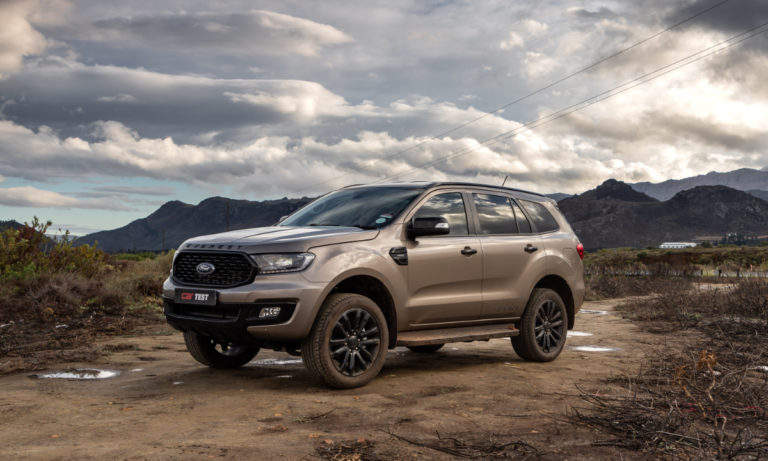
Considering this is a lifestyle conveyance, the Goodyears provide the body-on-frame package with commendable comfort and road holding on tarmac; however, as soon as you traverse gravel paths further afield, things start to go a little awry. The EfficientGrips do not, in our estimation, provide sufficient traction on loose surfaces, which makes piloting the Everest over anything other than tarmac rather wearisome. On our way to a suitable off-road shoot location, we took it easy on the muddy gravel and high-speed stability was found wanting. These tyres will probably not support the Everest’s robust and capable 4×4 system with low-range transfer case should it encounter tricky off-road obstacles.
TEST SUMMARY
The Ford Everest with the 2,0 SiT beneath its bonnet is a compelling offering that provides decent performance, impressive efficiency and satisfying drivability. So much so, it’s exterior makeover. The decision to go with road-biased tyres has reduced its appeal and may eliminate the more adventurous buyers out there … until they fit a pair of aftermarket tyres more suited to the Sport appearance.
Model:Ford Everest Sport 2,0 SiT 4WD 10AT
Price:R718 000
Engine:2,0-litre, 4-cyl, turbodiesel
Power:132 kW
Torque:420 N.m
0-100 km/h:11,46 seconds (tested)
Top Speed:177 km/h (claimed)
Fuel Consumption:8,52 L/100km (tested)
CO2:187 g/km
Transmission:10-speed automatic
Maintenance Plan:Six-year/90 000km service plan
Price:R718 000
Engine:2,0-litre, 4-cyl, turbodiesel
Power:132 kW
Torque:420 N.m
0-100 km/h:11,46 seconds (tested)
Top Speed:177 km/h (claimed)
Fuel Consumption:8,52 L/100km (tested)
CO2:187 g/km
Transmission:10-speed automatic
Maintenance Plan:Six-year/90 000km service plan
Original article as supplied by Ford Dealerview.

